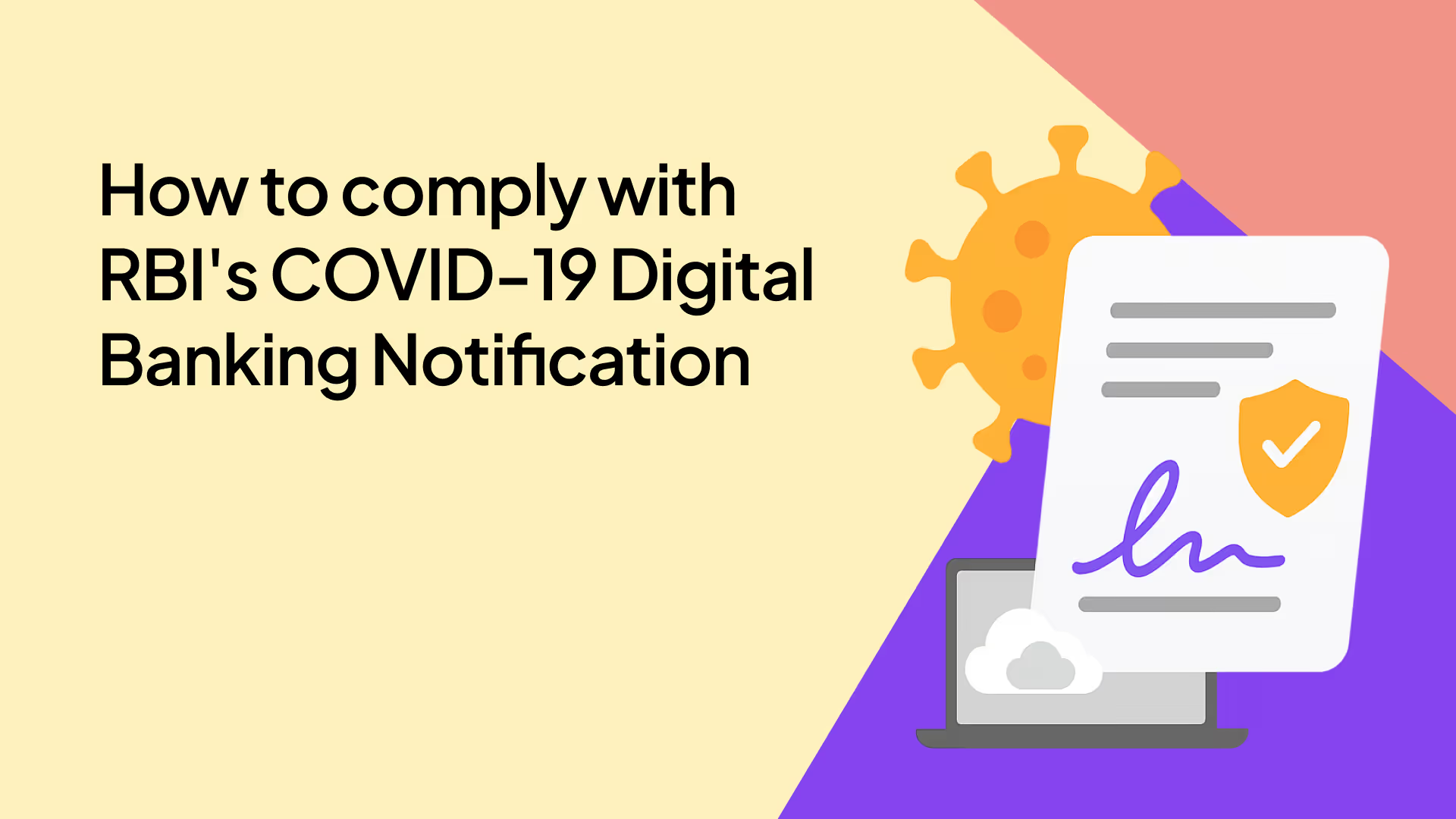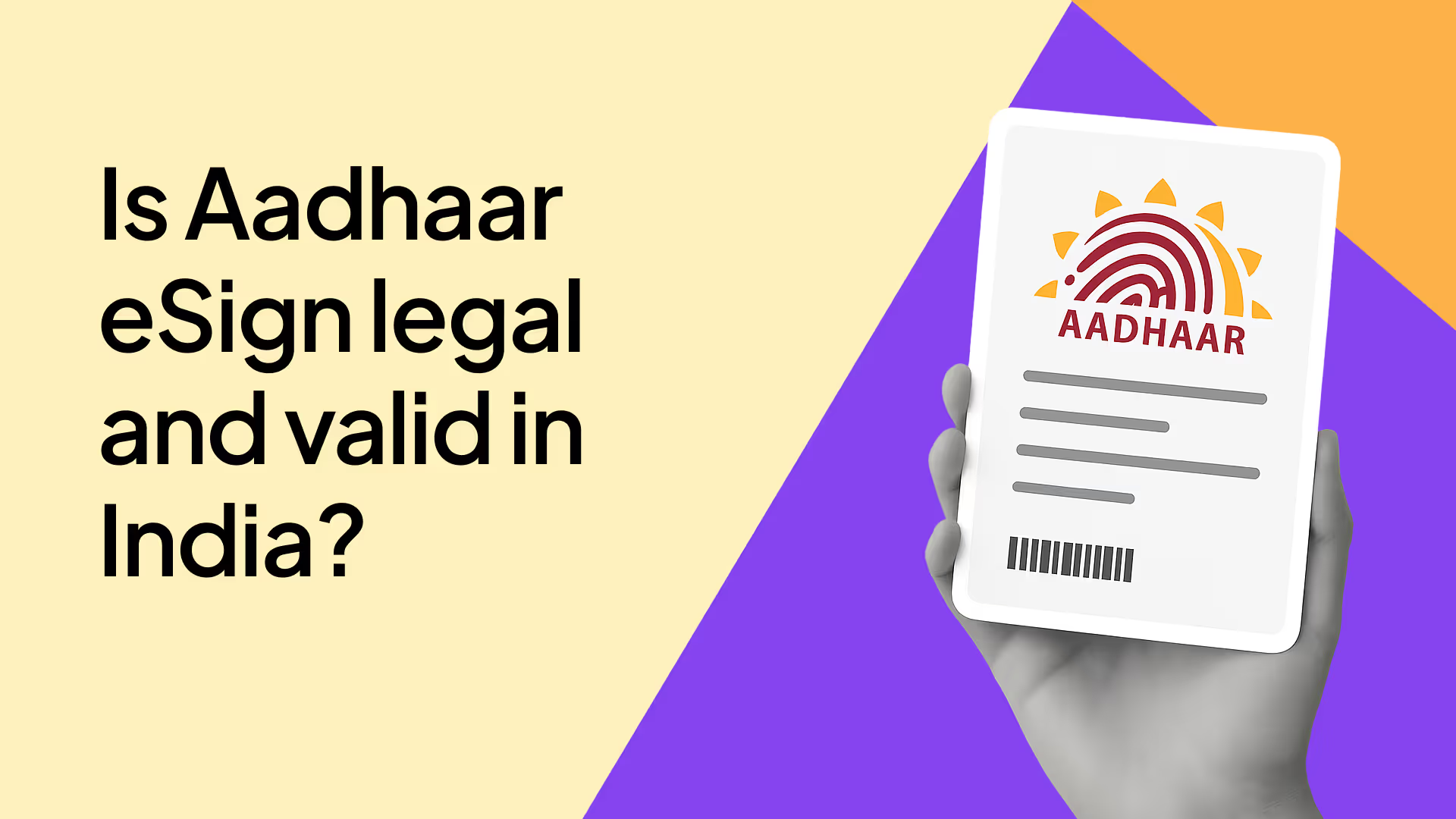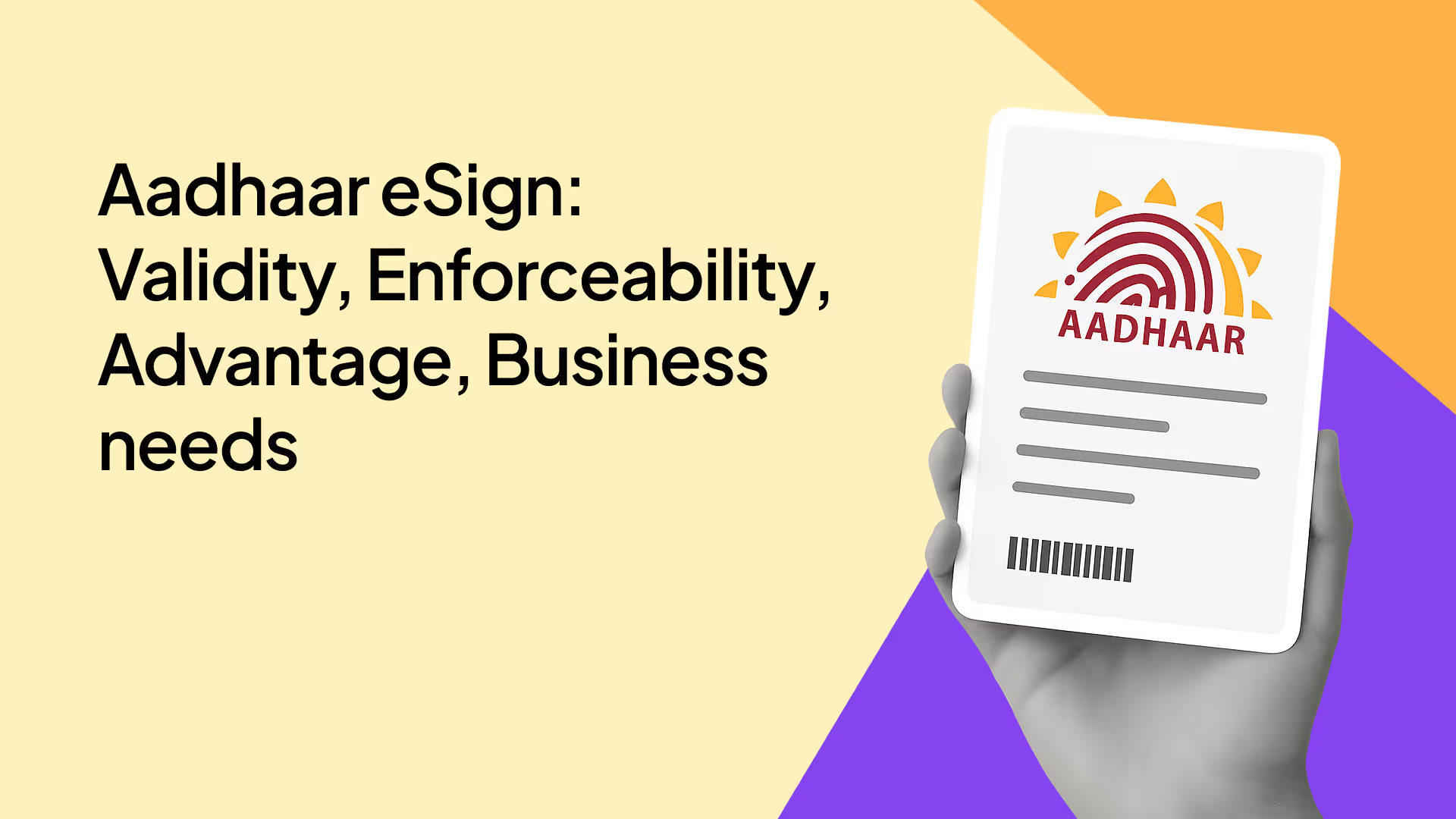The Reserve Bank of India (RBI) recently issued a notification to all financial institutions in India – RBI/2019-20/172 – COVID-19 – Operational and Business Continuity Measures (click to view notification)
The release contains an indicative list – advising banks to take measures to flatten the curve while also maintaining Business Continuity Plans (BCPs).
The list prescribes the following:
- Devising a strategy and protocol to control spread of COVID-19 within the organisation
- Taking stock of existing BCPs to ensure continuity in services during COVID-19 – especially in cases where infection has spread within the organisation
- Sensitising staff about important measures issued by relevant authorities to help ensure their participation in stopping the flow of COVID-19
- Encouraging customers to use digital banking facilities as far as possible
We highlighted the fourth point above – because it represents a fundamental transformation of banking practices that are likely to outlast the COVID-19 pandemic. It is also the hardest part of the circular to comply with.
Digital Banking is contactless
Digital banking is the provision of regular banking functions through digital means instead of the conventional physical branch/hub/home-visit model. The RBI has issued this notification in order to flatten the curve in the following manner:
- To minimise physical contact between people as much as possible by reducing exchange of cash, forms, documents etc.
- To ensure people are able to access critical banking and finance services remotely during this time of social distancing to ensure no adverse financial impact on households and businesses.
- To ensure that lending facilities and critical credit lines are not held up.
- To reduce the exposure of employees of banks with customers – to minimise risk of spread.
You don’t need complicated tech back-ends for going digital
On 17 March 2020, ICICI launched ICICI Stack – a set of 500 tools to enable digital banking. Such a stack takes years to develop and requires significant tech bandwidth.
Worried? Don’t be.
You don’t need a complex tech stack to go digital.
NBFCs, Banks, MFIs and other financial institutions can take their core functions digital with 3 simple tools:
A. Virtual Desktop Infrastructure
Virtual Desktop Infrastructure (VDIs) provides ‘virtual desktops’ – which can be accessed remotely by users from any device. The Virtual Desktop is hosted on a centralized server. The user (employee or agent) will need to use their own device to ‘log-in’ to the Virtual Desktop – which will take them to – essentially – a ‘new device’ within their own computer.
All data is stored on the central server – and not on the user’s device. Data tracking and download restrictions can be configured by the ‘host’ (the Bank/NBFC).
Therefore – an office desktop setup is replicated ‘virtually’ with identical (if not better) security protocols. This allows institutions to enable remote working for employees in core functions and minimize risk of COVID-19 spread while ensuring data security.

VDI’s are commonly used by India’s top law firms like Cyril Amarchand Mangaldas – to ensure confidentiality of high value legal deals. They are ideally suited to service lending and product segments of Banks and NBFCs.
Providers: Citrix, VMWare, Amazon WorkSpaces, IBM Cloud etc.
B. Cloud Based LOS/LMS Solution
Most Banks and NBFCs have begun using some form of LOS/LMS to originate and keep track of their entire loan book across verticals. An LOS/LMS enables an institution to perform multiple loan functions on a unified platform – from credit risk assessment, eKYC data storage, loan offerings, repayment trackers etc. Such systems allow for greater transparency, tracking and thereby efficiency in the loan disbursement and collection process.
Providers: Kuliza, Lentra, Decimal, Pennant etc.
C. Document Execution Platform
Digital flows often break down at the stage of document execution. Even if employees are working remotely and even if loans are being originated digitally – the conclusion of any successful banking/lending transaction involves printing, couriering (or scanning) and signing an agreement.
Apart from this – stamp paper needs to be affixed to contracts to ensure they are enforceable and legally compliant.
The use of paper leads to a scenario where either:
- Physical contact occurs due to transmission of paper
- Transactions are put on hold due to avoidance of contact
- Transactions entered into on click-wrap basis – at severe risk of enforcement issues later down the line
To go truly digital – as recommended by the RBI – your institution will need a robust digital document execution platform with a facility for digital stamping of documents.
The Leegality Way
Leegality is an end-to-end document execution platform providing organisations and individuals the ability to sign and collect signatures on all their documents completely digitally.
We provide support for multiple signature options – Aadhaar eSign, DSC Sign, Doc Signer and Virtual Sign along with comprehensive audit trails and customized signature positioning. In addition, we provide powerful bulk and automated signing options to help minimize manual intervention. Documents executed through Leegality (and their audit trails) are rendered into ‘secure electronic records’ in terms of Section 85(B)(1) of the Evidence Act – making enforcement significantly easier in a court of law.
Our Digital Stamping solution solves for the ‘last mile’ of digital connectivity by allowing businesses to pay for stamp duty online – and affix stamp papers to their contracts completely digitally in a manner compliant with the Indian Stamp Act and the Information Technology Act.
We are more than just an eSign solution – our powerful document workflow features such as the Template Engine, Excel Workflow and advanced signature verification help you turbocharge your execution processes, eliminate manual errors and prevent signature fraud.
A sample document signed and stamped through Leegality (for demo purposes only):
Our advanced document storage involves unlimited storage in a bank grade ISO 27001 cloud – with multi-department storage to enable document silos for various departments.
Alternatively you can integrate with our API and directly send executed documents to your LOS/LMS System for greater control.
Our APIs are extremely agile and can be integrated within your LOS/LMS system in 2 to 3 days. We have already integrated with Kuliza and Lentra – so you will not need any additional integration if you decide to adopt these providers.
Clients in the BFSI space who have adopted Leegality have seen the following benefits:
- Reduction in costs of customer onboarding for loans
- Reduction in turn around times for loan disbursal
- Elimination of manual errors in loan documents
- Enhanced enforceability and security of loan transactions
- Enhanced user experiences for their customers – providing a ‘fintech’ experience without a complicated tech back-end
- A completely digital workflow for all their employees to help minimise contact
To help businesses tide over COVID-19 and help flatten the curve – we are waiving license fees of our enterprise gateway for 30 days.
If you are interested, please click here.
Otherwise, you can also contact our team at contact@leegality.com or at +91 11411 70704.













.avif)



